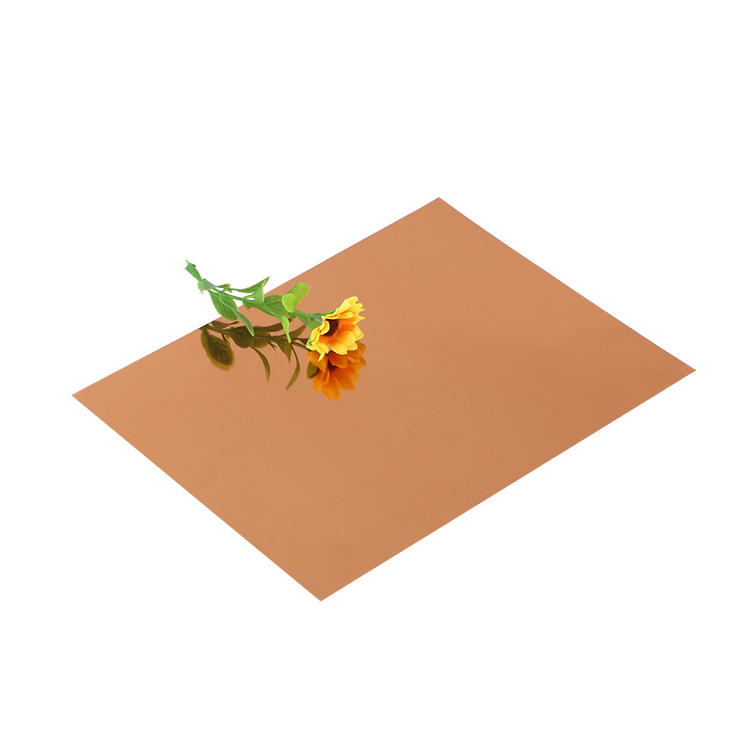Achieving a Mirror Surface: The Differences Between Metals and Non-Metal Materials
2024-06-19
The quest for a flawless, reflective mirror surface is a common goal across various industries, from automotive and aerospace to architecture and consumer electronics. However, the process of achieving this pristine finish differs significantly between metals and non-metal materials. Each category of materials presents unique challenges and requires specialized techniques to attain that sought-after mirror surface. In this blog, we will delve into the distinct processes involved in achieving a mirror surface on metals versus non-metal materials.
Metals: Precision and Polishing
1. Material Preparation
Before any polishing begins, metal surfaces must be thoroughly prepared. This often involves several steps of grinding and sanding to remove any imperfections, scratches, or oxidation. The goal is to create a smooth and even base that can be further refined to achieve a mirror-like finish.
2. Grinding and Sanding
The initial grinding process uses coarse abrasives to level the surface and remove major defects. Subsequent sanding with progressively finer grits helps to smooth the surface further, reducing the depth of scratches and preparing the metal for polishing.
3. Polishing
Polishing metals to a mirror finish typically involves the use of polishing compounds and buffing wheels. The process is usually done in multiple stages:
- Rough Polishing: Coarse polishing compounds remove the last traces of sanding marks.
- Intermediate Polishing: Finer compounds are used to reduce micro-scratches.
- Final Polishing: The finest compounds achieve the highest level of reflectivity and smoothness.
4. Electropolishing
For some metals, such as stainless steel, electropolishing is an additional step that enhances the mirror finish. This electrochemical process removes a thin layer of the metal, smoothing out microscopic peaks and valleys to achieve a more uniform and reflective surface.
Non-Metals: Coating and Care
1. Material Selection and Preparation
Non-metal materials, such as glass and acrylic, start with a different preparation process. The primary focus is on ensuring the substrate is free from defects and perfectly smooth, as any imperfection will be magnified by the reflective coating applied later.
2. Cleaning
Non-metal surfaces must be meticulously cleaned to remove any dust, grease, or contaminants. This step is crucial because even minute particles can cause defects in the reflective coating, compromising the mirror finish.
3. Coating Application
The mirror finish on non-metals is typically achieved by applying a reflective coating, such as aluminum or silver, to the surface. The methods for applying these coatings include:
- Vacuum Metallizing: A process where a metal, usually aluminum, is vaporized in a vacuum chamber and then deposited onto the non-metal surface. This technique is commonly used for acrylic mirrors.
- Chemical Deposition (Silvering): Involves depositing a layer of silver onto a glass substrate through a chemical reaction. This method is traditional for creating high-quality glass mirrors.
4. Protective Coating
To preserve the reflective surface, a protective layer is often applied over the reflective coating. This layer guards against scratches, tarnishing, and environmental damage. For glass mirrors, this may involve applying a layer of paint or other protective materials to the back of the mirror.
5. Quality Control
Non-metal mirrors require rigorous quality control checks to ensure the reflective coating is uniform and free of defects. This often involves visual inspections, as well as optical tests to measure the reflectivity and smoothness of the mirror surface.
Conclusion
Achieving a mirror surface on metals and non-metal materials involves distinctly different processes, each tailored to the unique properties and requirements of the materials. Metals rely heavily on mechanical polishing and electrochemical techniques to achieve their reflective finish, while non-metals depend on precise coating applications and protective measures. Understanding these differences is key for manufacturers aiming to produce high-quality, reflective surfaces that meet the demands of their specific applications. Whether working with metals or non-metals, the journey to a perfect mirror surface requires meticulous attention to detail and a deep understanding of material science.



